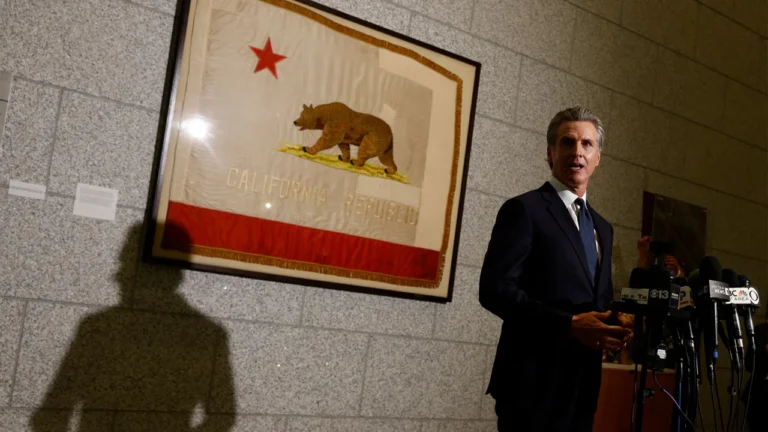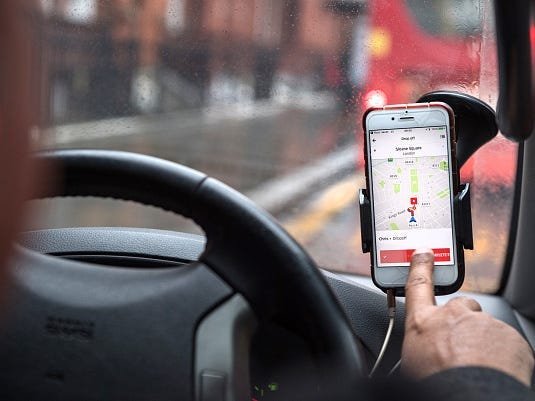
Brands that aren’t using artificial intelligence will soon be left behind—but it’s not too late to start, argues a new book, AI First: The Playbook for a Future-Proof Business or Brand.
The same way that business leaders once explored what it means to be digital first or mobile first or video first, digital strategists and authors Adam Brotman and Andy Sack pose the question: What does it mean to be AI first? Brotman and Sack, cofounders of the digital consultancy Forum3, interviewed some of the most influential leaders in technology for their book, including OpenAI CEO Sam Altman, Microsoft cofounder Bill Gates, and Reid Hoffman, best known for cofounding LinkedIn. The book shares their insights as well as a playbook for businesses on how to integrate AI.
Brotman, the former chief digital officer for Starbucks who shaped the brand’s highly successful mobile app and loyalty program, spoke to Fast Company about what he hopes readers will gain from their new book.
Fast Company: Why did you and Sack want to write this particular book, and why now?
We had actually been asked by Harvard Business Review Press to write a book on digital loyalty, which is my background and our specialty. But we had just had a “holy s—” moment, like a lot of other people, when we saw ChatGPT. We didn’t understand what was really behind these generative AI systems and where the various frontier labs and systems were going with it. We thought, we better learn this. We asked Harvard if we could go on this journey and share it with our readers, and they said yes.
Why does AI feel different to you than other technological advances?
There are two ways. One is that we’re talking about intelligence as a service, and that just felt like something that was always reserved for either science fiction or human beings. It wasn’t just software that you programmed, that either worked or didn’t work. The fact that it could think and reason—at least seemingly so—felt very human and unlike anything that we had seen. The second thing was how fast it was moving.
You brought up the “holy-s— moment.” I’ve heard that you and Sack at one point wanted that to be the title of the book. Why?
We talked to Sam Altman as our first interview for the book. He said that the mission of OpenAI was to achieve artificial general intelligence. And by definition, that’s when the AI can effectively do what any human can do, if not better, pretty much instantly and for free. We were like, “Oh my God, you’re focused on that. When do you think that’s going to happen?” And he said, “I can’t predict it, but probably in around five years.” That was a holy-s— moment for us. We were sort of stunned. When you try this technology, I think everybody has their own aha moment, if you will. How do I take advantage of this? What is this going to mean for jobs? What is this going to mean for society? There’s a lot of exciting things but there’s also a lot of scary unknowns. We thought that was an appropriate name, but of course that’s not the best name for a book published by an established publisher. So we compromised and called the introduction chapter “The Holy-S— Moment” and the book is called “AI First.”
You also interviewed Bill Gates. Can you tell me what your biggest learning or takeaway was from your conversation with him?
Yeah, two things: One was that he likened the first time he saw ChatGPT4 to the first time he saw graphical user interface, before Microsoft came up and led the PC revolution with Windows. So he validated and confirmed the significance of this technology. The other thing Bill Gates said to us that was a key takeaway was about the contours of the concept of productivity. Most of us think of productivity as just quantitative, meaning output. He reminded us that productivity has a qualitative edge and dimension to it, and that if you have access to a tool like generative AI and you know how to harness it, you’re going to not just up your productivity, but the quality of your work. I thought that was really interesting.
How should business leaders today be leveraging AI?
Most organizations want to skip to the AI innovation. They want to skip to the application, like the chatbot or the robot. What they’re skipping over is the powerful effects of everybody using AI many times a day, every day, to enhance their decision-making and analysis and insights—frankly, to do their job better and faster. That’s not as sexy as some advanced voice-mode, drive-thru technology you deploy across all your QSR [quick-service restaurant] locations. It’s not as sexy as completely innovating your creative output through text-to-image, text-to-video capabilities. Those are really important AI use cases, but they’re not the everyday, always-on superpower of letting every individual get that benefit of co-intelligence to make decisions faster. One of the key nuggets from the book is that AI-first organizations start with AI-first people.
Is that what you mean when you say that business owners should be thinking of AI as a colleague?
Yes. It’s collaborating, soundboarding with the AI, inviting AI to the table, as [AI expert and Wharton] professor Ethan Mollick likes to say. It’s thinking of it as a member of your team, a colleague.
Is there anything else you want readers to know about your book or AI in general?
I think a lot of people are intimidated or afraid of either not being able to keep up with the advancements in AI or of the implications of AI, given how fast-moving and powerful it is. What I would say is: It’s absolutely not too late. There are so many business leaders in the same spot as you. This is the perfect time to develop a game plan to figure out how to make your organization keep up with what’s going on. But don’t wait—get started.






